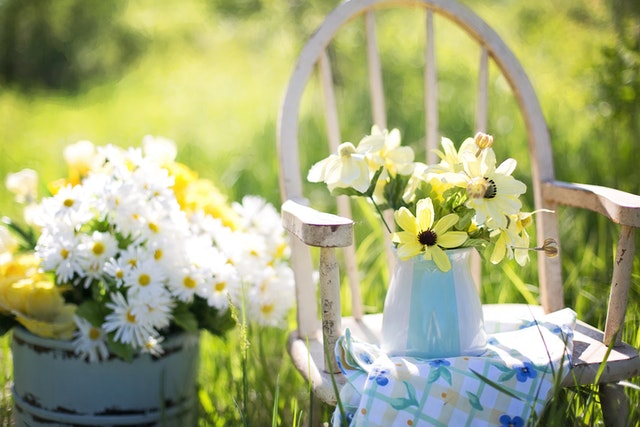Like most people, you probably didn’t spend enough time this winter planning and preparing your garden for the upcoming season. Whether you have a small patio garden or a large plot of land, these tips will help you maximize your yield!
Brainstorm Your Plan
Think about what you want to grow in your garden. What vegetables or fruits do you desire to harvest? How do you want your space to look? Once you have a plan, you can start to map out where you will plant each crop type. You may also consider taking some gardening classes online to learn more about how to care for your plants. By taking the time to create a plan and educate yourself on gardening, you will be on your way to growing a healthy and bountiful crop.
Get Your Soil Ready
You need to make sure your soil has all the appropriate nutrients needed. You may add compost or other organic matter to improve the soil’s quality. Compost comprises dead plant material and other organic matter, such as leaves and manure. It helps in improving drainage and aeration and adding crucial nutrients to the soil. In addition, compost can help to suppress weeds and conserve moisture.
Choose the Right Plants
When you are planning your garden, think about what plants will thrive in your local climate. Once you have considered the climate, you will also need to think about the amount of sunlight that each type of plant needs. Some plants require full sun, while others prefer partial shade. Finally, you will need to consider how much space you have. If you only have a small patio, for example, you will need to choose plants that can be grown in containers.
Start From Seed
Starting a garden from seed is a more economical way to get started than buying plants. Seeds are also widely available in various species, giving you more choices for your garden. If you are a newbie, you might want to consider starting with smaller plants. This will help you understand the basics of seed germination and plant care. You can then experiment with different techniques and a wider range of plants. Many resources, including books, websites, and even starting kits can assist you in getting started. With patience and practice, you can easily become a successful gardener.
Water Regularly
Drought can have devastating effects on plants. Hence it is important to remain vigilant about watering your garden. It’s different for every plant but they may need to be watered daily or weekly. To avoid over- or under-watering your plants, it is best to check the soil regularly. Be sure to apply enough water so that the roots have a chance to absorb moisture. Once the roots are saturated, excess water will run off, carrying away vital nutrients. Regular watering helps to ensure that your plants stay healthy and thrive.
Harvest Often
Not only is homegrown produce typically fresher and tastier than store-bought, but it also provides a satisfying sense of accomplishment. Of course, to enjoy these benefits, it is important to harvest your crops regularly. Otherwise, they may become overripe or damaged.
With almost all fruits or vegetables, it is best to harvest them just before they reach full maturity. This way, they will be at their peak flavor and nutrition. However, there is some inconsistency to this rule. For instance, tomatoes taste best if they are allowed to ripen on the vine fully. With some practice, you will soon learn when each crop type is ready to be harvested. Then you can enjoy the delicious rewards of your hard work!
Gardening is wonderful and can provide many rewards. Make sure to choose the right location for your garden, prep your soil properly, and select plants that are well-suited to your climate. With a little planning and care, you will be able to enjoy fresh fruits, vegetables, and flowers all summer long.


